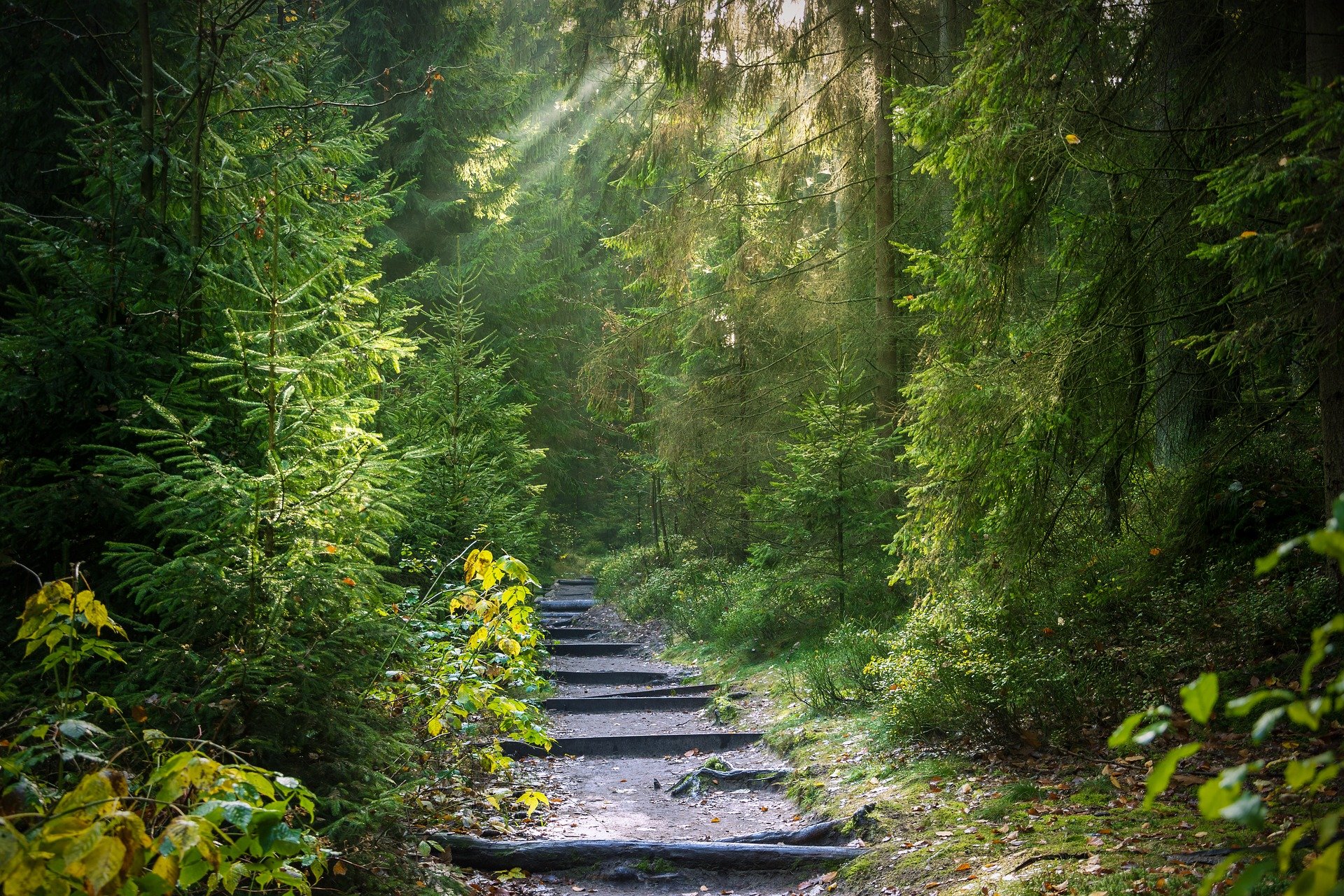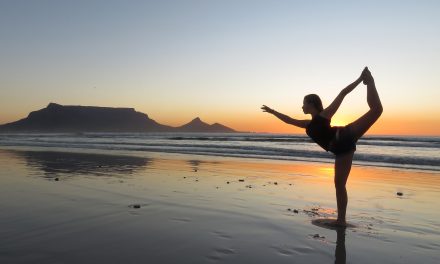By Sherry Roberts
Two roads diverged in a wood, and I —
I took the one less traveled by,
And that has made all the difference.
— from Robert Frost’s The Road Not Taken
 This sentiment of choosing a path, of taking action, and forever changing your life is what yoga is all about. Yoga is not something that is done to you; it’s something you do. It’s a commitment to change and responsibility. And it isn’t easy. Dating back more than 5,000 years, yoga is one of the oldest exercise systems—and one of the most complex.
This sentiment of choosing a path, of taking action, and forever changing your life is what yoga is all about. Yoga is not something that is done to you; it’s something you do. It’s a commitment to change and responsibility. And it isn’t easy. Dating back more than 5,000 years, yoga is one of the oldest exercise systems—and one of the most complex.
However, the beauty of yoga is that you can dip as far as you like into the pond and still receive some benefits. The deeper you go, the more profound the changes.
To the beginning yoga student, it can all be quite confusing as we hear or read about yoga “paths,” “branches,” “styles,” “traditions,” and “schools.” Look at it this way: yoga paths are the main roads of yoga and all the other terms simply mean side roads that branch off from the main road but still help you reach your destination.
There are four paths of yoga:
- Raja — the path of physical and mental control
- Karma — the path of action
- Bhakti — the path of devotion
- Jnana — the path of knowledge or wisdom
Raja Yoga (self-control)
Often called the “royal road,” raja is considered the complete yoga because it focuses on controlling both the mind and body in order to attain enlightenment.
On the mental side: The central teaching of raja is meditation. Absolute mental control as taught in Patanjali’s Eight Limbs is the goal and is achieved through meditation, concentration, and breathing. When the mind is not restless, you are closer to self-awareness.
On the physical side: Hatha yoga is the physical branch of the meditative science of raja yoga. While meditation teaches control of the mind, hatha teaches control of the body. Hatha uses asanas (postures), pranayama (control of breath), and relaxation to control the physical body and the subtle life force called prana. Within hatha yoga, there are many styles or types of physical yoga, such as ananda, ashtanga, bikram, integral, iyengar, kripalu, kundalini, sivananda, and viniyoga, to name a few.
Many Westerners who come to yoga for simply exercise are perfectly happy to just do some form of hatha yoga. They will realize the benefits of a toned and supple body and are satisfied with that. But to truly follow the path of raja, you must take a comprehensive approach—using the physical yoga practice to strengthen the body in order to sit in meditation where the true union of body, mind, and spirit occurs.
Karma yoga (action)
Karma yoga focuses on the causes and effects of an individual’s actions. It teaches how to live a life of spiritual action and selfless service. Have you ever seen someone flip a coin in a beggar’s cup and say with a sheepish smile, “I can use all the karma I can get”? The true follower of the karma path acts without thought of gain or reward. Karma achieves union with God through right action and selfless service. Karma yoga is a yoga you take inside of you and make a way of life.
Bhakti yoga (devotion)
Opening the heart to the Divine is the focus of bhakti, a mystical path of personal devotion. It is the path most followed in India, and it involves surrendering oneself to the Divine through prayer, worship, and ritual. Bhakti means” to serve the Divine.” Chanting or singing the praises of whatever divine presence is meaningful to you form a substantial part of bhakti yoga.
Jnana yoga (knowledge)
Jnana (sometimes written gyana) is considered the most difficult path, because it requires a radical shift in perception. The goal is to seek the knowledge hidden in all of us through questioning, meditation, and contemplation. Before practicing jnana yoga, the student needs to have integrated the lessons of the other yogic paths—for without selflessness, love of God, and the strength of body and mind, the search for self-realization is nothing more than an exercise in philosophy. The jnana student uses the mind to explore his or her own nature and to find knowledge through God.
All of these paths may not be for you. You will have to choose which path or paths may help you develop or progress along your inner journey. Do you simply want to increase your flexibility? Do you want to become a more giving person? Do you seek union with the Divine? Do you search for knowledge and wisdom? You choose the road. It will make all the difference.
_________________________
I write mysteries with a yoga spirit featuring, Maya Skye, a yoga teacher who often finds herself at a crossroads. See what paths Maya takes in the Maya Skye mysteries: Down Dog Diary (book 1), Warrior’s Revenge (book 2), and Crow Calling (book 3).





